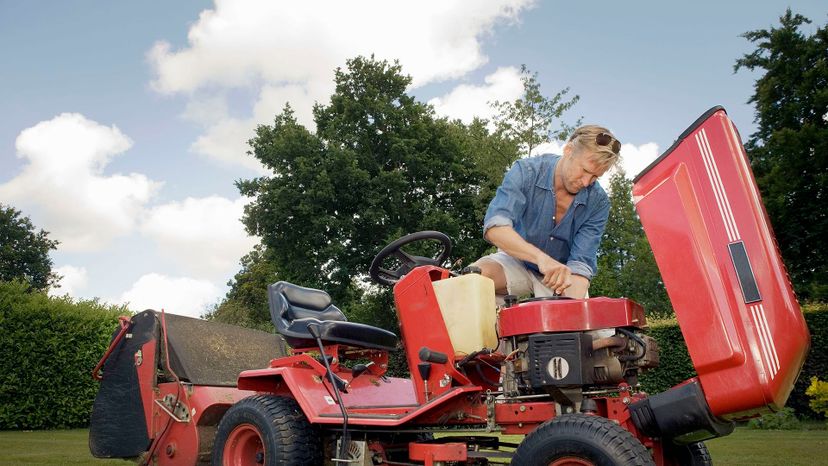
About This Quiz
Does the sound of a V8 get your motor running? How about something with a little less oomph? For true gearheads, size doesn’t matter. Small engines are just as interesting — and so is keeping them in working order.
But when dealing with repairs to a small engine, the rules of the road just aren’t the same as large engines. After all, lawn mowers, chainsaws, outboard boats, and snowmobiles are all powered by small engines — not exactly your average motor vehicles! On the other hand, there are some important steps that you’re bound to recognize. For instance, what’s the first step to any small engine repair? Will the answer surprise you? Find out by taking this quiz!
There are other basic questions you will want to know the answers to as well. For example, do you know what is the best system you should use for servicing your small engines? And do you understand what the term “viscosity” means as it relates to small engine upkeep? Even the most skilled mechanics don’t always know the answers to these tricky questions. Do you? Knowing the facts in these areas will help you keep your small engine functioning at its best, and it will make a difference in how often it’ll need major repairs. This is particularly true if you’re the kind of person who loves the outdoors and activities that involve all kinds of machinery. However, once in a while, even the handiest small engine expert is bound to run into a problem they can’t fix. So, you should ask yourself: do you know what is the best course of action to take if you’re stuck?
But just because you know a thing or two off-hand doesn’t mean you’ll be firing on all cylinders. You absolutely need to know the specifics of these machines if you want to keep them humming for years to come. As an example, can you name the type of ignition systems that are used in small engines? And how many types of carburetors are usually used in small engines? You can’t just buy any old replacement parts and expect them to work perfectly in your chainsaw. It also helps to be aware of how small engines regularly function. Do you know what four-stroke engines mix with gasoline in order to run? And can you tell how most single-cylinder engines are cooled? It’s important to understand these systems because they can be a source of a lot of problems that require engine repair.
All this knowledge and more is required if you want to be a true expert on the process of repairing a small engine. Some of it you may have picked up just by working on your car or truck — but unless you’ve really gotten your hands greasy handling small engines before, there are probably still some gaps in what you know. Do you have what it takes to deal with small engine repair? Get under the hood of this quiz and find out!
Advertisement
Advertisement
Advertisement
Advertisement
Advertisement
Advertisement
Advertisement
Advertisement
Advertisement
Advertisement
Advertisement
Advertisement
Advertisement
Advertisement
Advertisement
Advertisement
Advertisement
Advertisement
Advertisement
Advertisement
Advertisement
Advertisement
Advertisement
Advertisement
Advertisement
Advertisement
Advertisement
Advertisement
Advertisement
Advertisement